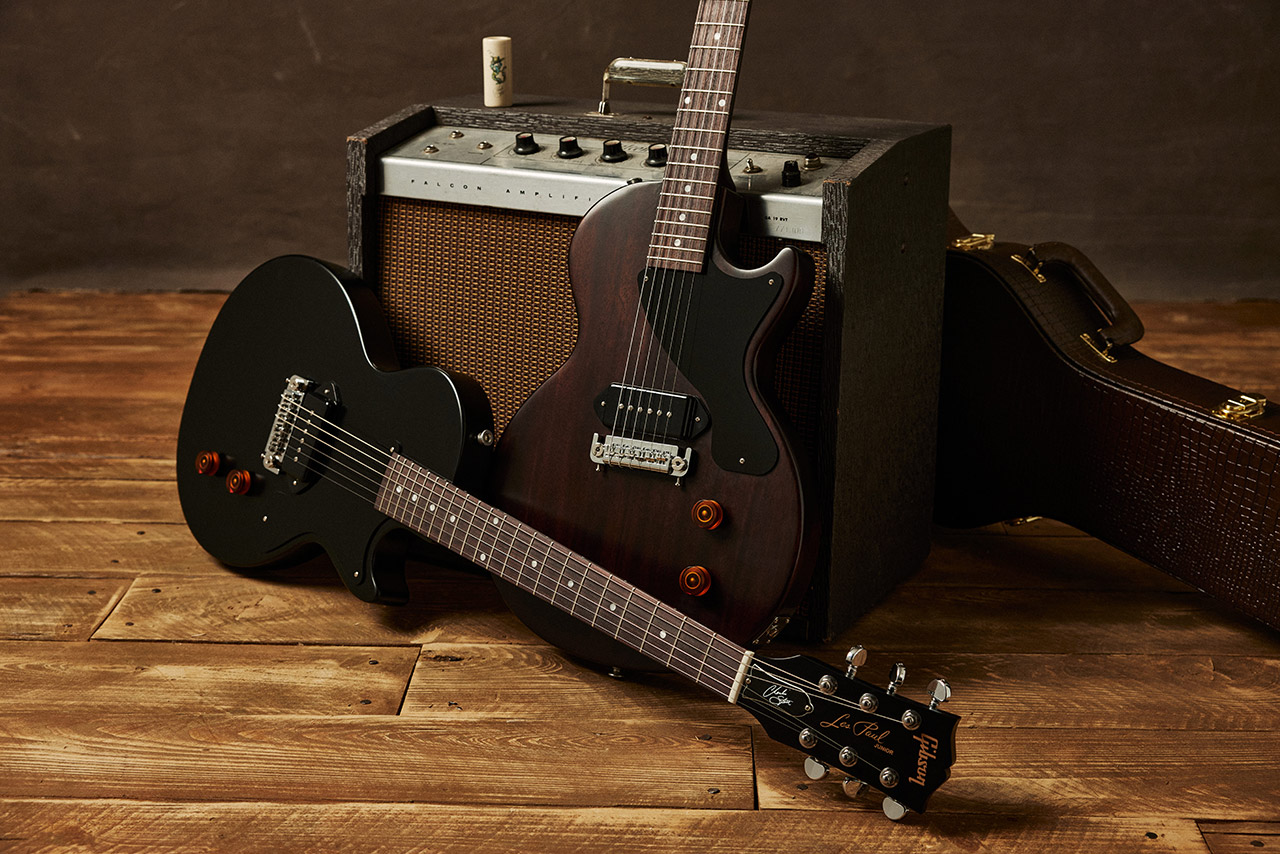Though they often began life as ‘student’ instruments, single-pickup guitars such as the Les Paul Junior have featured on some of rock’s most incendiary recordings
Yngwie Malmsteen may disagree, but the notion that less is more has a long and rich history in popular music. The creative sparks ignited by limitations have fuelled some of the most revolutionary recordings ever made; think primitive tube amplifiers overloading, skeletal blues music wrung out of resonators using a medicine bottle or knife blade for a slide, daisy-chained four-track tape machines… and single-pickup electric guitars.
The dawn of electrification in the mid-1930s saw Spanish guitars amplified primarily with just one pickup, but before the decade was out, manufacturers were experimenting with two-pickup designs and methods to blend them in order to create a range of different sonic textures. The first Gibson twin-pickup guitars came in 1948 with the freshly updated ES-300 and ES-350. Launched the following year, the ES-5 added a third pickup and was described in company literature as “the instrument of a thousand voices.”
These days, of course, electric guitars with multiple magnetic pickups and integrated piezo circuits for acoustic-style tones are commonplace. But there’s still plenty to be said for a Les Paul™ Junior or an Epiphone Coronet—machines that are surprisingly versatile despite their stripped-down rock ’n’ roll simplicity. Just ask Billie Joe Armstrong, Charlie Starr of Blackberry Smoke, or Jared James Nichols.
Single-pickup guitars aren’t just for vintage rock and Americana tones, either. The fretboard gymnastics of 1980s hair metal were powered by electric guitars with wild finishes and high-output bridge humbuckers. Neck pickups weren’t merely redundant, they were borderline illegal, and that trend continued into the hard-riffing grunge era.
The volume control is the key
If you are shopping for a single-pickup electric guitar—and especially if you are considering an instrument with a P-90 pickup—it’s important to note that alongside the range of expression afforded by picking dynamics, the guitar’s onboard volume control is a hugely powerful and interactive tone-shaper. Disclaimer: the tone tips that follow are mainly relevant for guitars with a single pickup in the bridge position. Jazz players look away now!
With your guitar’s volume control wide open, try dialing in your amplifier so that the core sound has as much raunch as you are likely to need for lead playing. Rolling the volume back to about seven should deliver a satisfying rhythm sound that’s a little cleaner and less strident but great for crunchy chords. If you need a cleaner tone, roll it back even further. Who knows, you might even get away with one or two fewer pedals on your ’board.
With the volume set to around two through a vintage-style tube amp or high-quality digital model thereof, the tone of a Les Paul Junior will hollow out considerably and deliver a reasonably convincing impersonation of an acoustic guitar. It might not replace your favorite jumbo, but the gritty J-160E jangle of early Beatles recordings is certainly within reach.
No neck pickup? No problem
So what happens if you have a single-pickup guitar but want to fatten things up for smoother tones? The obvious thing to do is roll back the tone control, but don’t discount how much variation you can get from simply varying the position and velocity of your picking hand attack.
Tuck that guitar pick into your palm and use the fleshy part of your fingertips to play strings at the end of the fingerboard, where the neck pickup would be. Notice how much rounder and warmer those notes sound than when you play them with a pick down by the bridge?
For longtime single-pickup guitar fans, this is old news, and I’m preaching to the choir. However, if you have been a single-pickup skeptic up to this point, hopefully this article has opened your mind to how deceptively versatile—not to mention fun—these guitars can be.

